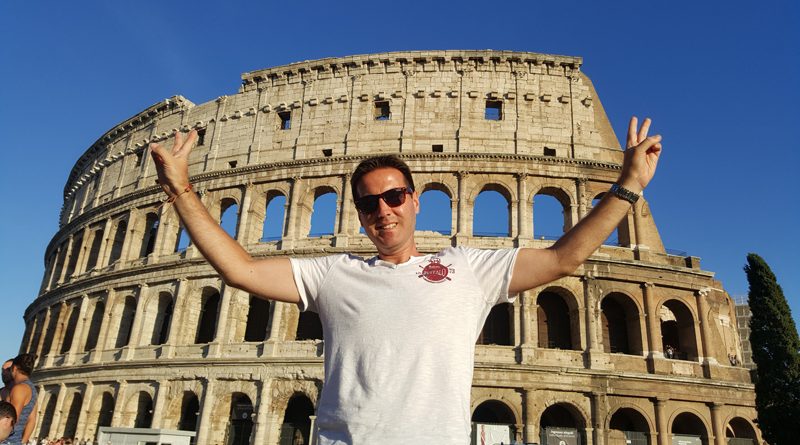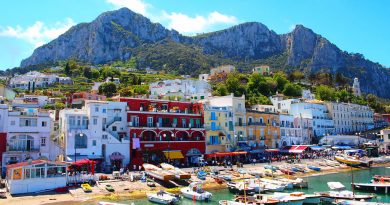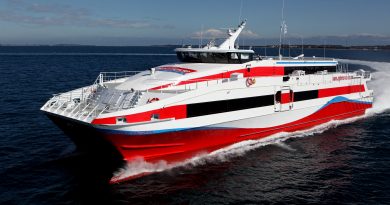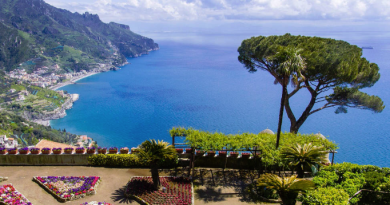14 Most Visited Places in Rome
Colosseum: The other name of the Colosseum is Flavianus Amphitheater. The 2000-year-old building, the symbol of Rome, is an arena where gladiatorial fights were held in time. It’s really huge and impressive from inside and out. There are usually long lines to get in. You can bypass the line with your Rome Pass ticket. We could go in after about half an hour waiting in line without having Rome Pass. Closing times vary by season. It is open between 08.30 and 19.15 from March to the end of August. The entry fee to the Coliseum, which is free for under 18, is 20 Euro. You can avoid waiting line a bit by purchasing the Colosseum ticket from the internet in advance as for many other places in Rome.
Foro Romano: (Roman Forum) If you bought a ticket that covers all of the combined sites near by the Colosseum, you can also visit the Fora Romano area with the same ticket after the Colosseum. Fora Romano, which covers a very large area, contains many monuments, buildings and ruins dating from the Roman Period. There is a gate called Arco di Tito (Arch of Titus) at the entrance of Roman Forum. What is important about this gate is that the roman emperors gathered the public here either before or after the invasion of other countries to distribute the collected goods after the invasion. I recommend you to see and go.
Spanish Steps: The historic staircase Spanish Steps located in the Piazza di Spagna. It has a magnificent view of the Rome during sunset hours on the top of the stairs but it may be troublesome if you do not want to climb up there through the stairs. When we climbed up the stairs, we realized there was a road access to the top where you can go with a car or taxi. I recommend you to start from top to bottom as it is easier to go downhill on the stairs. People sit and chat on the many stairs of Spanish steps usually the tourist which are tired after walking from site to site in Rome.
Pantheon: The Pantheon, which is a fairly well-preserved building with no entry fees, was originally built for all the gods of Ancient Rome. Pagan sculptures and later became a Catholic church. If you look carefully on the floor in Pantehon, you can see the holes opened for the rain water to run off as the some top part of the Pantheon is open. It’s an impressive structure when you think of the time it was done.
Piazza Navona: Close to the Pantheon, Piazza Navona is one of Rome’s beautiful squares. For me, it is not as impressive as Piazza Venezia but it is still a very impressive square with its obelisk and fountains. When we were there, there were street artists performing at the square. You can get ice cream from one of the nearby shops like us and enjoy the plaza.
Fontana DiTrevi: (Trevi Fountain) Perhaps the most famous structure of Rome, which we have translated as “The Fountain of Love”, inspired by the romantic feelings we have about Rome and this fountain. It is the fountain that you’re supposed to throw a coin and make wish and maybe you go back there again in the future. The place is very central and it gets very crowded, so make yourself ready for it.
Piazza del Popolo: It means People’s Square. It is worth seeing with its obelisks in the middle and again very impressive fountains. From there you can take a short walk to Villa Borghese and Pincio Gardens.
Villa Borghese and Pincio Gardens: As I said above, this area is immediately on top of Piazza del Popolo. You can visit Galleria Borghese if you wish or take a walk in the gigantic field around it called the Pincio Gardens, to listen to street artists or to rent cute bikes, or just enjoy the panoramic view of Rome. It will be surely worth it if you go there.
Piazza Venezia and Vittorio Emanuele Monument: Piazza Venezia, perhaps the most central and most popular square of Rome, and the Vittorio Emanuele Monument here are among the places you should definitely see in Rome. Between 1985 and 1911, it was built for Vittorio Emanuele, the first king of United Italy and the father of the nation, and it impressed me with its white marbles and sculptures. If you like to walk, you will pass through the front of this building dozens of times.
Castel Sant’Angelo: This castle beside the Tevere River is located on the sides of the Vatican. We hoped to visit the Vatican on Sunday and crossed that side and changed the course immediately and found ourselves here. Before entering Castle, we were surprised to find out the entrance of the castle was on the other side of the river. Anyway, we were able to find the entrance and we could go inside. The entrance fee was 8 euros, we used the Roma Pass for free admission. They have a café upstairs, we sat there and drank our drinks with the view of the Basilica of San Pietro. It was nice too.
Trastevere: Trastevere is actually the name given to the opposite side of the Tevere River on its name. It is a pretty sweet area where you can reach the river immediately. I love it when I see local restaurants, lovely streets. If you have the time, go eat there and get lost in the streets while you explore the neighborhood. We really got lost, our feet was hurting in the end, but it was worth it.
Museo Nationale Romano: The Roman National Museum is composed of 4 separate units. These are Palazzo Altemps, Terme di Diocleziano, Cripta Balbi and Palazzo Massimo. Take a ticket for three days for 7 euros and you can visit all of these museums.
Vatican: As you know, even though it is located the middle of Rome and seems like a part of it, the Vatican is actually a country and a religious center. The Vatican, which is unique in many aspects, should not be skipped when you are traveling through Rome. The Vatican part of your trip can actually be divided into two sections: the Vatican Museums and the Sistine Chapel and the San Pietro Square and the Basilica.
Vatican Museums: There are long waiting lines in the Vatican, too that do not leave you alone in Rome. For example, we waited about an hour in a cold weather in April. Groups or booked arrivals enter in as priority. You can also get your ticket in advance and it is recommended. We thought we could never enter, but luckily we did not wait too long. Of course it is quite crowded, I think every single one is so. It would be useful to be prepared. Take a voice guide and listen to it, otherwise you will be lost between the sculpture and the different parts. Our last stop was the Sistine Chapel, famous for its frescoes on its ceiling. Especially the Chapel known for its frescoes of Michelangelo’s Mahsar and Adam’s Creation is truly worth seeing and quite impressive. It is forbidden to take photos in the chapel, you can be scolded if you are caught like us! Entrance ticket to Miler and Sistine Chapel was 16 Euro to enter, I guess the voice guide was 7 Euro.
Square and Basilica of San Pietro
Designed by Bernini, San Pietro or Saint Peter’s Square offers a visual feast with columns and sculptures, and is holly square as the Pope reaches out to public here and a pilgrimage site for Roman Catholics. When you reach the square, you will see the San Pietro Basilica, one of the symbols of the Vatican and perhaps Rome, which is currently the biggest church of Christianity. The capacity of the San Pietro Basilica is 60 thousands people. It is worth to visit San Pietro Basilica even only to see the magnificent statue of Pieta which is designed by Michelangelo when he was around 20 years old.




